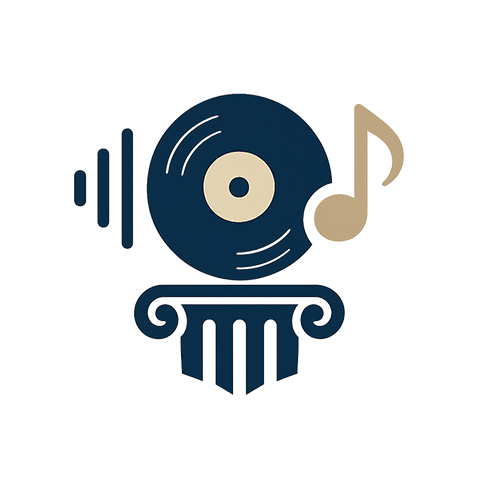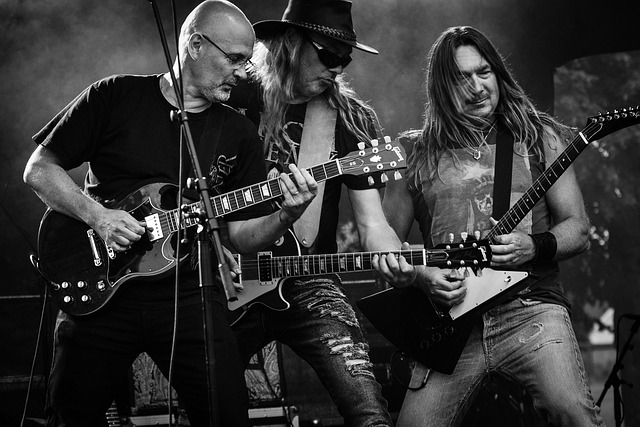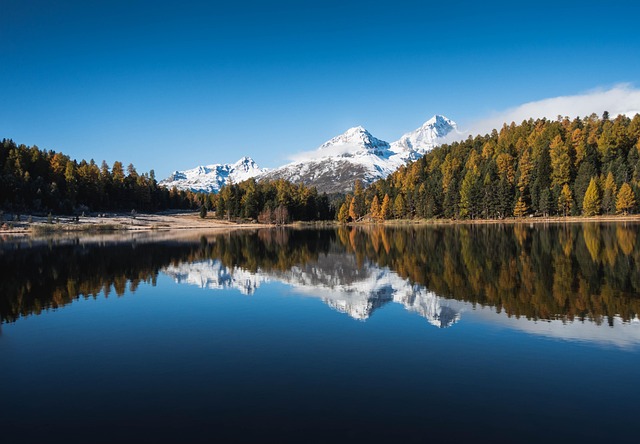Alternative rock has long been more than a musical genre; it has served as the sonic backdrop for countless gatherings, from college dorm parties to massive festival stages. Its roots in the underground, its rebellious edge, and its knack for creating infectious hooks make it a natural fit for any celebration that thrives on energy and community. In this exploration, we trace how alternative rock has evolved into a party soundtrack, examine the cultural currents it has sparked, and celebrate the artists and moments that have defined its impact.
From Underground to Mainstream: The Rise of Alternative Rock
The term “alternative rock” originally described bands that existed outside the commercial rock mainstream of the 1970s and 1980s. Groups like The Smiths, R.E.M., and later, Nirvana, forged a path that blended introspective lyrics with unconventional guitar work and a DIY ethos. By the early 1990s, alternative rock had entered the charts, and its raw, authentic sound captured the zeitgeist of a generation seeking something beyond polished pop.
- 1980s: Foundational acts – The Smiths, R.E.M., The Cure.
- 1990s: Breakthrough – Nirvana, Pearl Jam, The Smashing Pumpkins.
- 2000s: Diversification – Radiohead, Arcade Fire, The Strokes.
Each wave brought new textures and production techniques that expanded the genre’s palette, yet the core of alternative rock – a willingness to push boundaries – remained constant.
Alternative Rock as a Party Catalyst
What makes alternative rock so compelling for parties is its balance of rhythmic drive and melodic unpredictability. While pop tunes often rely on repetitive hooks, alternative tracks blend catchy choruses with angular riffs and dynamic shifts. This structure keeps listeners engaged, encouraging spontaneous dance moves and collective sing-alongs.
“The great thing about alternative rock is that it feels like an invitation to get up and move, not just listen,” says a longtime concert promoter who has curated lineups across North America.
When a crowd hears a soaring guitar solo followed by a thumping bass line, the energy surges. The emotional depth of the lyrics often echoes the atmosphere, turning a casual gathering into a shared emotional experience.
Iconic Party Anthems that Defined a Generation
Several tracks from alternative rock history have become staples at parties worldwide. Their memorable riffs, driving drums, and relatable lyrics make them irresistible.
- “Smells Like Teen Spirit” – Nirvana – A grungy anthem that encapsulated youthful frustration and rebellion.
- “Don’t Speak” – No Doubt – A blend of ska and alternative rock that invites a high‑energy dance break.
- “Mr. Brightside” – The Killers – An infectious hook that encourages crowd participation.
- “American Idiot” – Green Day – A fast‑paced track that sparks collective chanting.
- “Everlong” – Foo Fighters – A soaring melody that balances intensity with an uplifting chorus.
These songs, along with countless others, form the soundtrack for countless celebrations, from college house parties to rooftop festivals.
Subgenre Influences and Cross‑Pollination
Alternative rock is a mosaic of subgenres, each adding a distinct flavor to the party mix:
- Post‑Grunge – Bands like Soundgarden and Alice in Chains offered darker, heavier sounds that still maintained danceable grooves.
- Punk‑Infused Alternative – The Ramones and The Clash infused punk attitude into the alternative framework, encouraging energetic live shows.
- Indie Rock – Groups such as Arcade Fire and The Shins brought melodic introspection while keeping a rhythmic pulse ideal for dancing.
- Alternative Metal – Nine Inch Nails and Tool offered complex rhythms that, while heavier, still delivered a compelling beat for festival crowds.
By blending these elements, alternative rock offers a versatile platform for party soundtracks that can adapt to different themes and audiences.
Sound Design: Guitars, Bass, and Drums that Move the Crowd
The production techniques that define alternative rock contribute significantly to its party appeal. Layered guitars with effects like reverb and distortion create a spacious sound that fills a venue. Bass lines often intertwine with the drums, producing a groove that feels organic and propulsive.
“A great alternative track feels like a living organism,” remarks a producer who has worked with several indie bands. “Every instrument serves the song, and that unity translates into the dance floor.”
Drum patterns in alternative rock tend to be more complex than simple four‑beat loops, but they remain accessible. Syncopated snare hits and rolling hi‑hats add excitement without confusing the audience.
Live Performance: Energy Transfer and Audience Interaction
Live shows are where alternative rock’s party potential is most evident. The frontman’s charisma, the band’s on‑stage chemistry, and the crowd’s engagement create a feedback loop that amplifies excitement. Many alternative acts adopt a “mosh pit” aesthetic, allowing fans to express themselves physically. This dynamic fosters a sense of belonging, making each performance an unforgettable event.
- Stage lighting: Dynamic colors sync with the music’s tempo.
- Audience call‑and‑response sections encourage participation.
- Extended solos or instrumental bridges provide spontaneous dance moments.
Beyond the Stage: Alternative Rock’s Cultural Ripples
Alternative rock has influenced more than just music. Its fashion sensibilities, lyrical themes, and attitude have shaped youth culture across the globe. Band logos, flannel shirts, and ripped jeans became synonymous with authenticity and anti‑establishment sentiment.
“When you wear a band tee and head to a club, you’re saying something about who you are,” observes a cultural historian specializing in 1990s music.
Political engagement is another hallmark. Songs addressing social injustice, corporate greed, and personal alienation resonated with listeners, giving rise to grassroots movements and encouraging civic participation.
Modern Evolution: Streaming, Festivals, and Global Reach
Today, alternative rock thrives on streaming platforms that allow instant access to both classic hits and emerging talents. This digital landscape has broadened the genre’s audience, bringing in listeners who might not attend live shows but enjoy the music from their devices.
Festivals such as Coachella, Bonnaroo, and Lollapalooza feature alternative rock as a staple. The lineups often showcase a mix of legendary acts and up‑and‑coming bands, keeping the genre fresh while honoring its roots. These events serve as cultural hubs where music, art, and community intersect.
- Virtual concerts and livestreams maintain engagement during global disruptions.
- Cross‑genre collaborations bring alternative rock into new contexts, such as pop‑rap fusions.
- Social media amplifies fan interaction, turning passive listeners into active participants.
Conclusion: The Ever‑Shifting Beat of Alternative Rock
From its rebellious beginnings to its current position as a mainstay at festivals and parties, alternative rock has continually reinvented itself while staying true to its core principles of authenticity and innovation. Its ability to create an electric atmosphere, foster communal identity, and inspire cultural conversations ensures that it will remain a central force in music and party culture for years to come. Whether you’re dancing to a classic grunge anthem or discovering a new indie track on a streaming platform, alternative rock offers a soundtrack that invites everyone to join the celebration.


